Intro
Not an official breed, but rather a type of mountain horse bred in the French Alps. Specifically from the commune of Megève, from which they take their name.
Read more
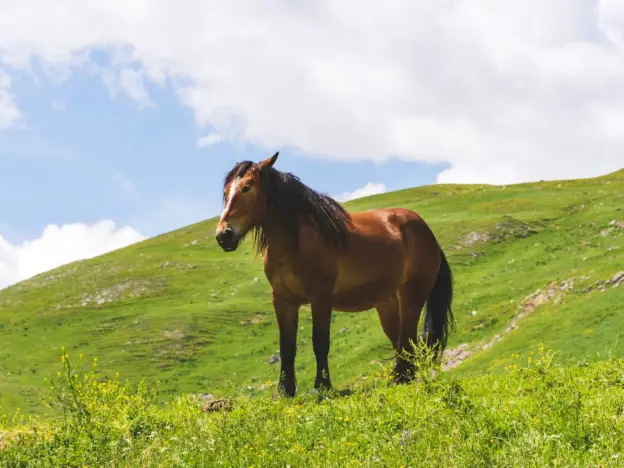
Not an official breed, but rather a type of mountain horse bred in the French Alps. Specifically from the commune of Megève, from which they take their name.
Read more
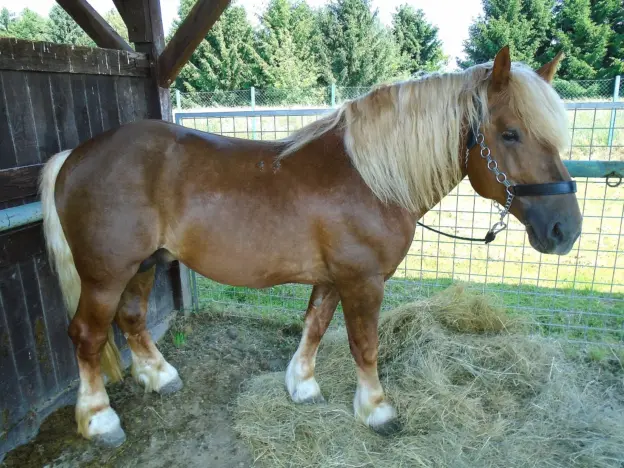
Among the oldest breeds native to Croatia, the Međimurski or Međimurje Horse is the result of cold-blooded stallions from Western Europe crossed with local mares with Anglo-Arabian characteristics.
Read more
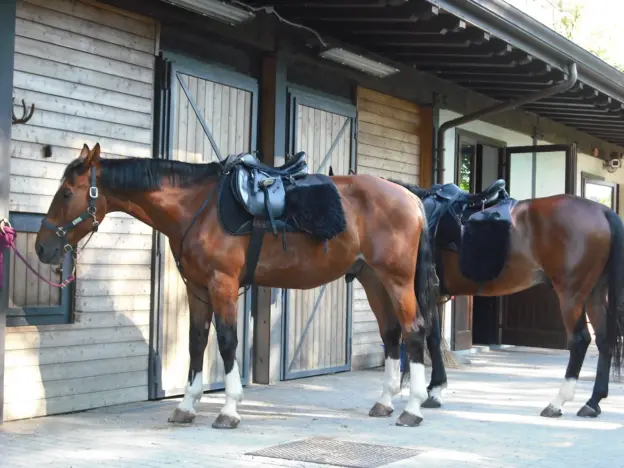
Not an official breed, the Maremmano Megliorato is a cross of Maremmano and Thoroughbred bloodlines.
Read more
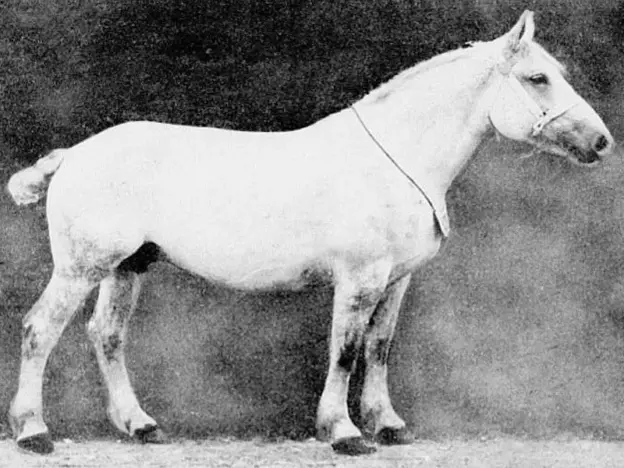
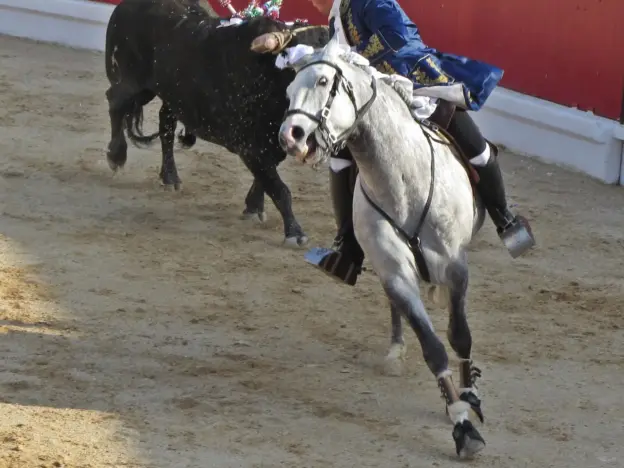
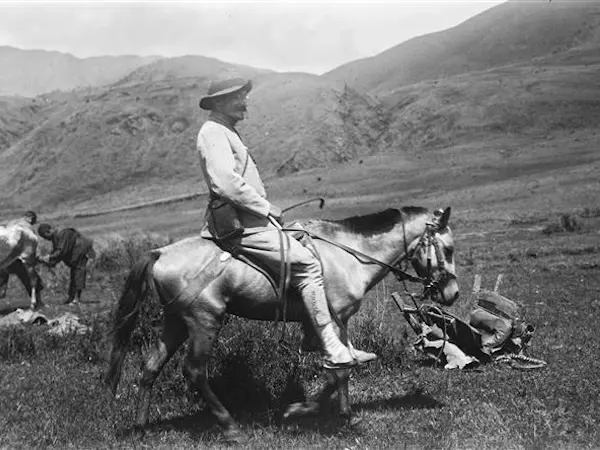
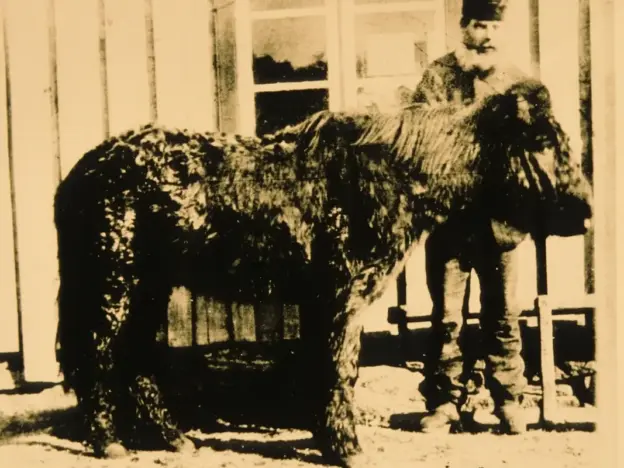
Now extinct, the Lofoten Island Horse is likely a brother to the original ponies native to the Shetland Isles, prior to the influence of outside bloodlines.
Read more
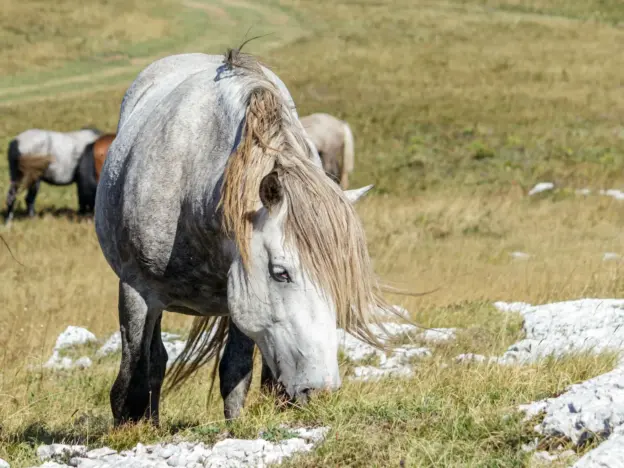
The feral horses of Livno come from farm animals released into the wild, today they are protected by law and part of the areas rich history.
Read more
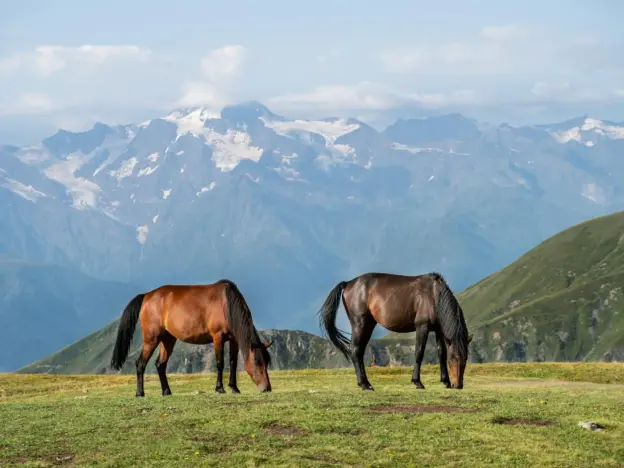
The Lezgian Horse is not an official breed, but rather a strain of the hardy Dagestan Horse found in southern Dagestan.
Read more
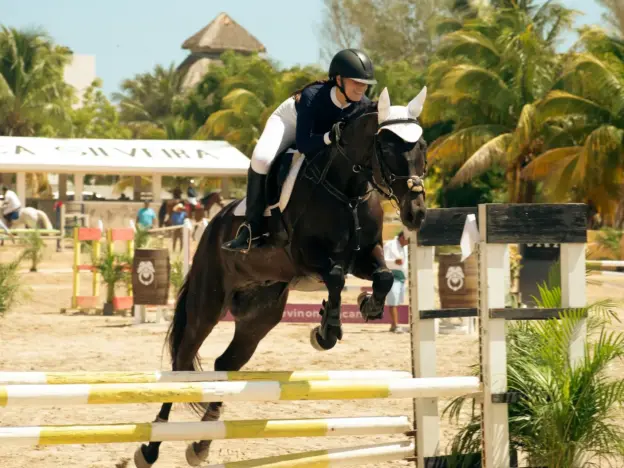
Not an official breed, La Silla Horses are sport horses bred specifically for high level equestrian sports.
Read more